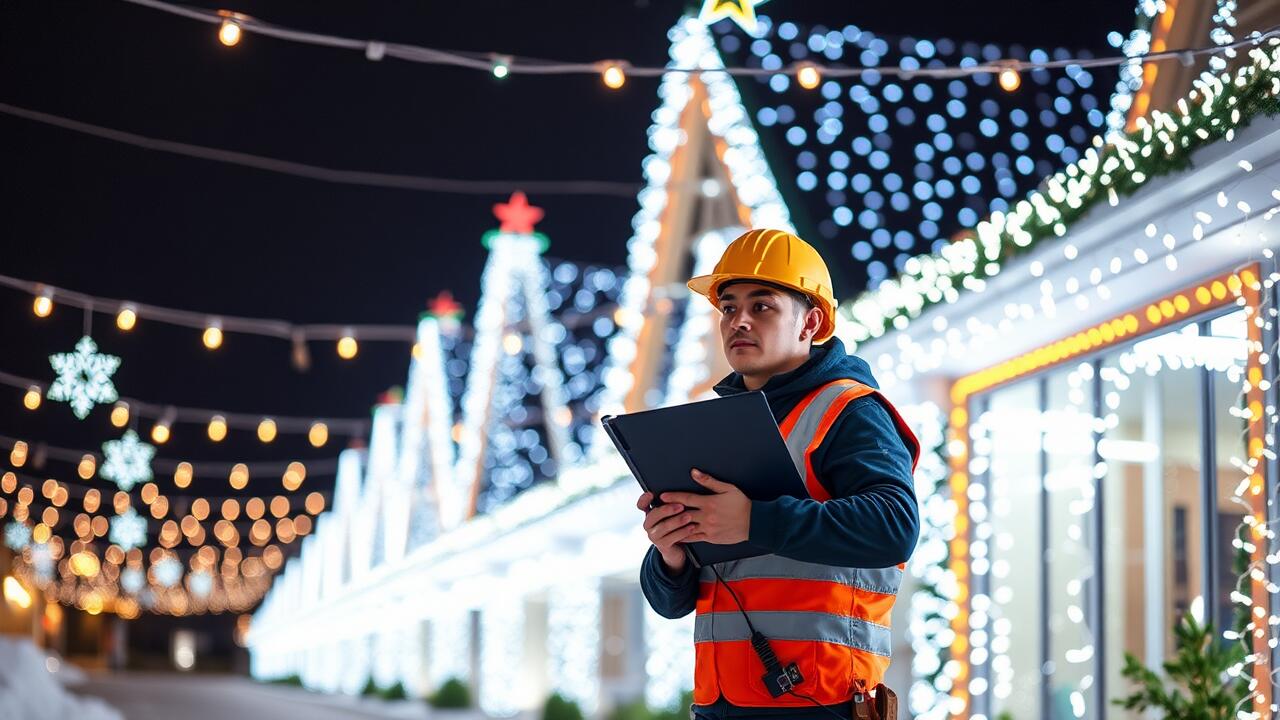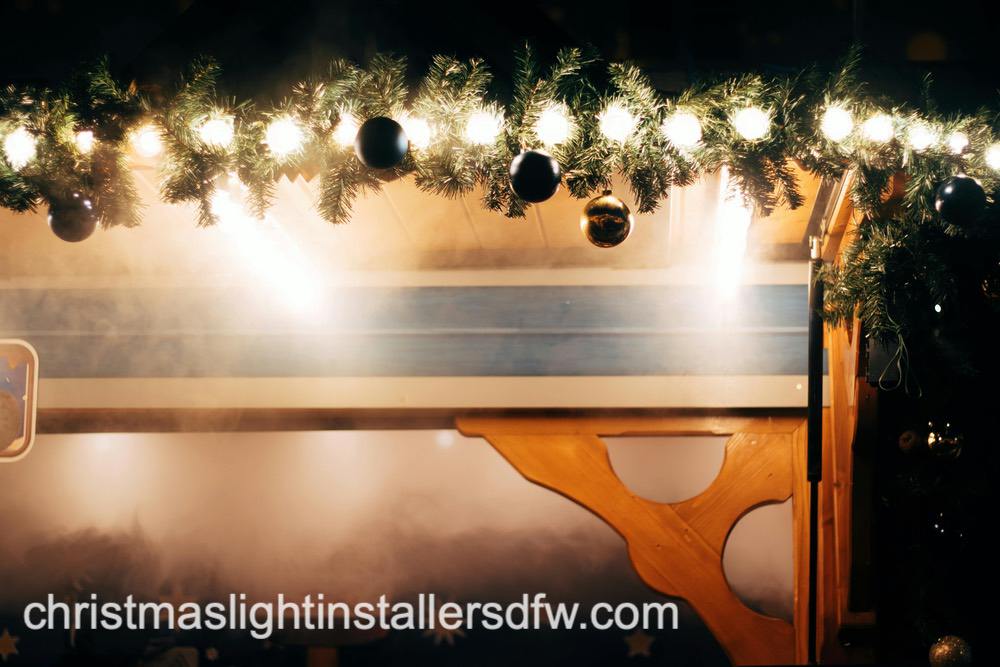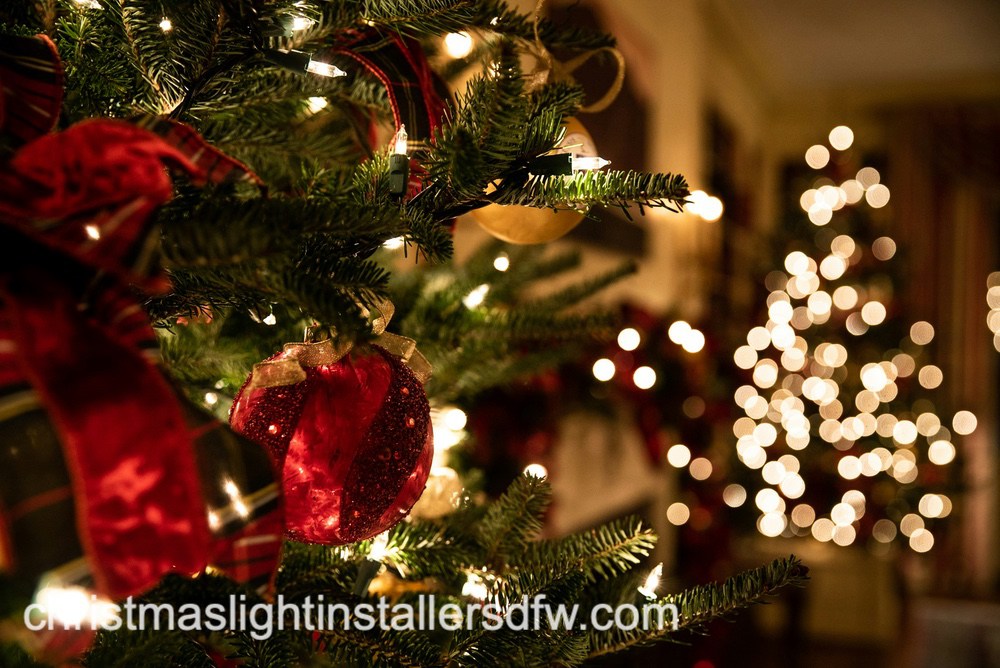
Table Of Contents
Energy Efficiency Considerations
Energy efficiency is a critical factor for professionals when selecting Christmas lights. Traditional incandescent bulbs consume more energy, leading to higher utility bills and increased environmental impact. In contrast, LED Christmas lights are becoming the go-to option for many installers due to their low energy consumption and longer lifespan. These lights provide vibrant colors and brightness while using significantly less electricity, making them an environmentally friendly choice.
Additionally, energy-efficient Christmas lights often come with various features that enhance usability. Many LEDs have options for dimming or have integrated timers, which help to further reduce energy usage and ensure that lights are only on during desired times. By prioritizing energy efficiency, professionals can offer clients not only aesthetic appeal but also cost savings over the holiday season.
Importance of Energy-efficient Lighting
Energy-efficient lighting has become a key consideration for both residential and commercial installations, particularly in the context of holiday decorations. The shift towards LED Christmas lights has transformed how displays are designed and used. These lights consume significantly less energy compared to traditional incandescent options, making them a practical choice for extensive holiday displays that can run for many hours each day. The reduction in electricity use not only lowers power bills but also contributes to a more sustainable approach to holiday decorating.
Another advantage of energy-efficient Christmas lights is their longer lifespan. LED lights typically last much longer than their incandescent counterparts, reducing the frequency of replacements and waste generated each season. This durability means less hassle for professionals tasked with installing and maintaining these elaborate displays. By choosing energy-efficient options, decorators can ensure their displays remain vibrant and impactful throughout the holiday season while being mindful of environmental concerns.
Safety Standards for Professional Light Installations
Safety standards play a vital role in the installation of Christmas lights for any professional project. These standards focus on the electrical components, ensuring they meet safety codes and industry regulations. Professionals must use lights that are rated for outdoor use when installing in exterior spaces, as these products are designed to withstand various weather conditions without posing a risk of fire or electrical shock. Compliance with local codes is essential and often includes using proper extensions, circuit breakers, and timers to manage outdoor displays effectively.
Another important aspect of professional light installation is adherence to guidelines that promote safe setup and maintenance. Properly securing Christmas lights to avoid unnecessary hazards is crucial. This includes using appropriate clips and fasteners to prevent wires from becoming a tripping hazard or coming into contact with moisture and metal surfaces. Professionals should also regularly inspect displays throughout the holiday season to ensure that any issues are quickly addressed, maintaining both aesthetic appeal and safety for all who enjoy the festive illumination.
Ensuring Electrical Compliance
Ensuring electrical compliance is crucial when installing Christmas lights, regardless of the scale of the display. Professionals must adhere to local and national electrical codes. These regulations are designed to maintain safety for both the installers and the general public. Using lights that are certified under safety standards, such as UL (Underwriters Laboratories) or ETL (Intertek), helps in mitigating risks associated with electrical failures. It is equally important to inspect and maintain wiring connections, especially in outdoor settings where exposure to the elements can cause deterioration.
Proper grounding and circuit management are also essential components of safe installation. Professionals typically assess load capacity to prevent overload and potential hazards. Using timers and high-quality extension cords further enhances safety while ensuring energy-efficient operation. Ultimately, thorough attention to electrical compliance not only protects property but also promotes an enjoyable holiday season illuminated by beautifully arranged Christmas lights.
Seasonal Lighting Trends
This year's seasonal lighting trends emphasize innovation and creativity in design. Professionals are opting for LED Christmas lights because of their vibrant colors and versatility. These lights come in various shapes and sizes, allowing for individualized displays that cater to different tastes. Additionally, warmer color temperatures are becoming popular, enhancing the cozy atmosphere of holiday décor.
Another noticeable trend is the use of smart lighting technology. Many professionals are integrating programmable Christmas lights into their installations for added convenience and customization. Homeowners can control these lights through smartphones, adjusting brightness and color to match specific themes or moods. This integration not only enhances the visual appeal but also aligns with energy efficiency goals for the holiday season.
Current Styles and Designs
Current trends in Christmas lights showcase a blend of creativity and innovation, moving beyond traditional designs. Color-changing LED lights have gained popularity, allowing homeowners and businesses to switch between various hues to fit their holiday theme. Compact, energy-efficient designs allow for intricate displays while still maintaining an environmentally friendly approach to lighting.
Organic and natural-inspired designs are also making waves during the holiday season. String lights designed to mimic the appearance of icicles or those that incorporate botanical elements are being favored for their elegant charm. These styles reflect a desire for more unique and personalized holiday displays, capturing the spirit of the season while emphasizing aesthetic appeal through the use of Christmas lights.
FAQS
What types of Christmas lights do professionals typically use?
Professionals often use LED lights due to their energy efficiency, durability, and long lifespan. They may also choose commercial-grade lighting options that are designed for outdoor use and can withstand harsh weather conditions.
Are energy-efficient Christmas lights worth the investment?
Yes, energy-efficient Christmas lights, such as LEDs, can significantly reduce electricity costs over the holiday season, making them a worthwhile investment for both homeowners and businesses.
How can I ensure that my Christmas light installation is safe?
To ensure safety, always use lights that comply with safety standards, check for damaged cords or bulbs, and ensure proper electrical connections. It's also advisable to hire professionals who are experienced in safe light installations.
What are some current trends in Christmas light designs?
Current trends include the use of smart lights that can be controlled via mobile apps, as well as unique color schemes and custom designs that cater to individual preferences and themes.
How do professionals determine the right amount of Christmas lights for a project?
Professionals typically assess the size of the area to be decorated, the desired effect, and the type of lighting being used to calculate the appropriate quantity of lights needed for a balanced and visually appealing display.



